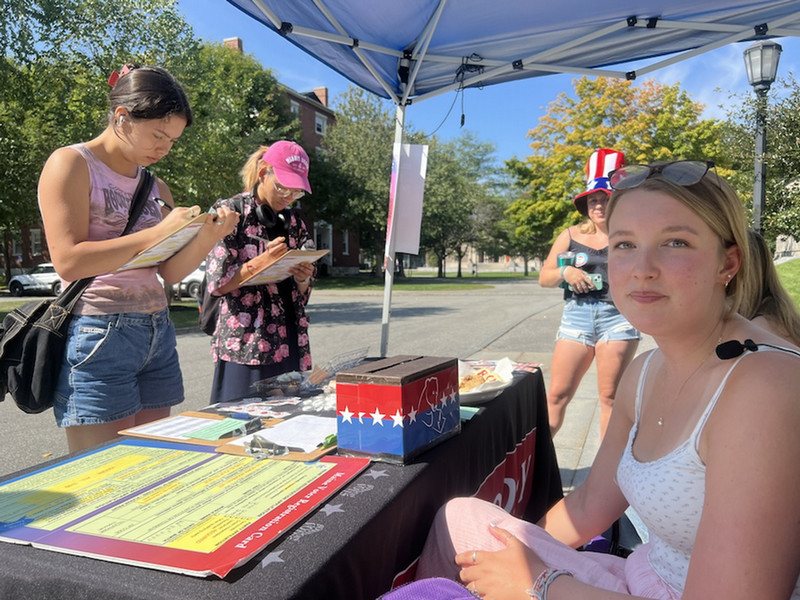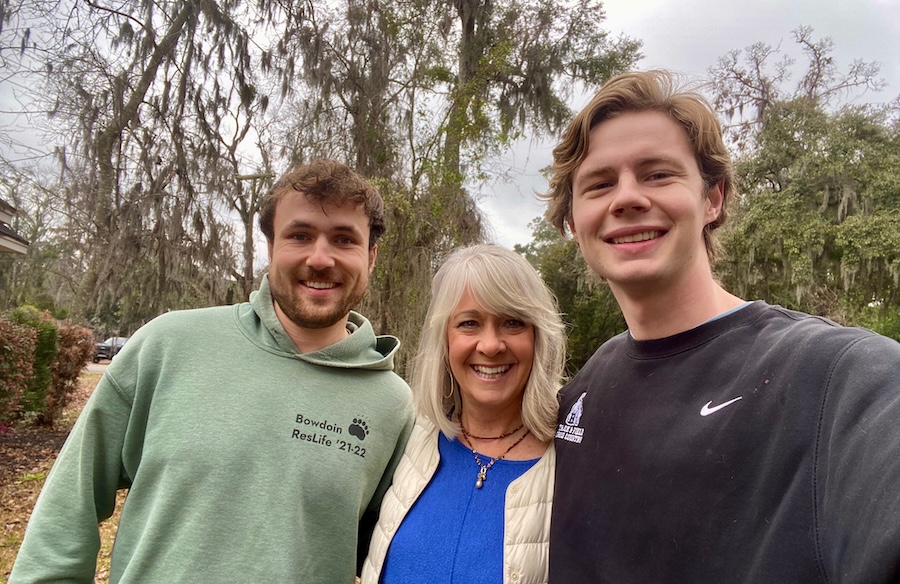Lonnie Hackett ’14 on His Life Work—Making Kids Healthier in Zambia
By Rebecca Goldfine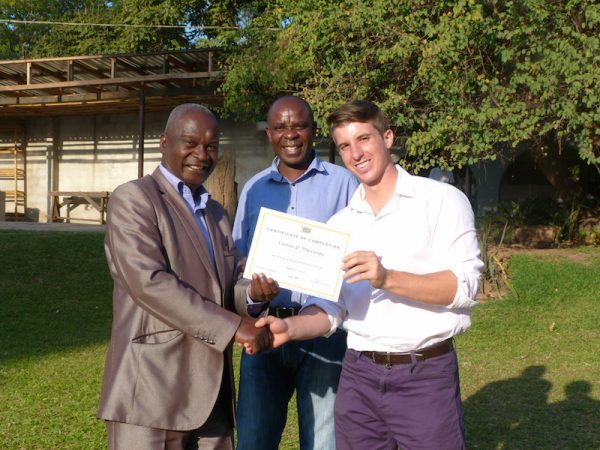
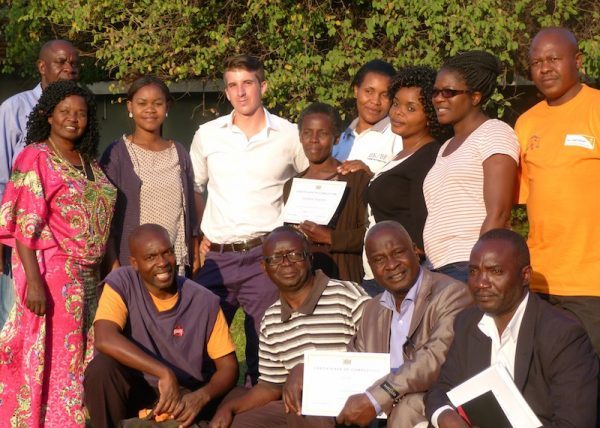
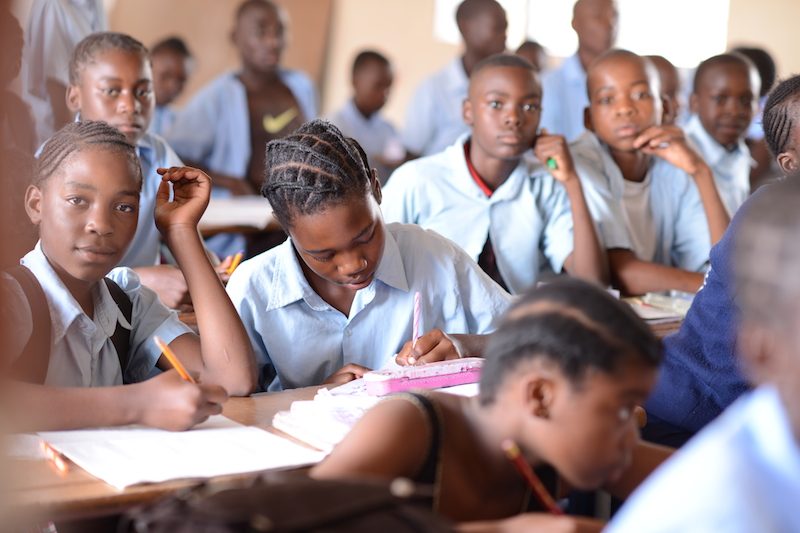
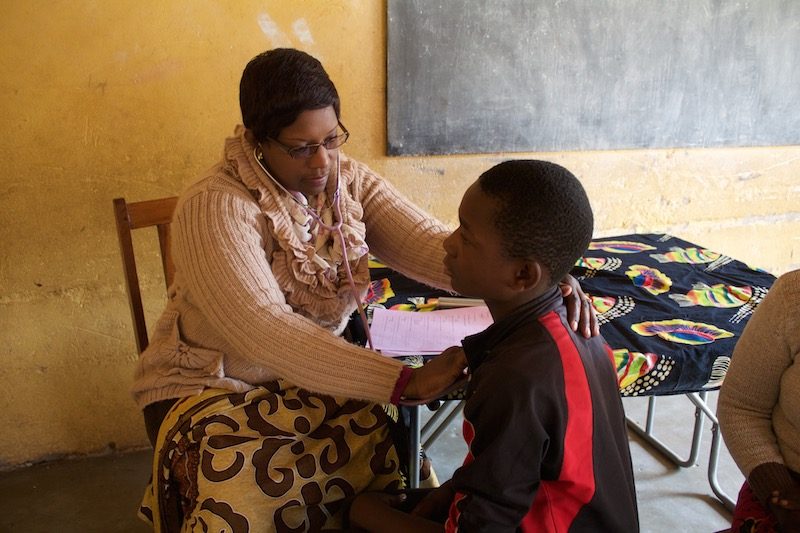
It’s been three years since Lonnie Hackett ’14 received a small Bowdoin grant to launch a nonprofit in Zambia to help improve the health of young students there.
In that short time, Hackett has significantly expanded the size, reach, and ambition of his organization. Indeed, he is looking forward to the day when his model program—one that appoints teachers as students’ bridge to the healthcare system—is implemented in every primary school in the country.
Hackett founded Healthy Kids/Brighter Future in the summer of 2013 with the support of a $5,000 Thomas ’06 and Hannah ’08 McKinley Entrepreneur Grant. That summer he managed to get a pilot program up and running in Ng’ombe, a slum in the capital city of Lusaka. Working in six primary schools in Ng’ombe, Healthy Kids/Brighter Future trained 25 teachers and provided health screenings and education to about 1,000 students.
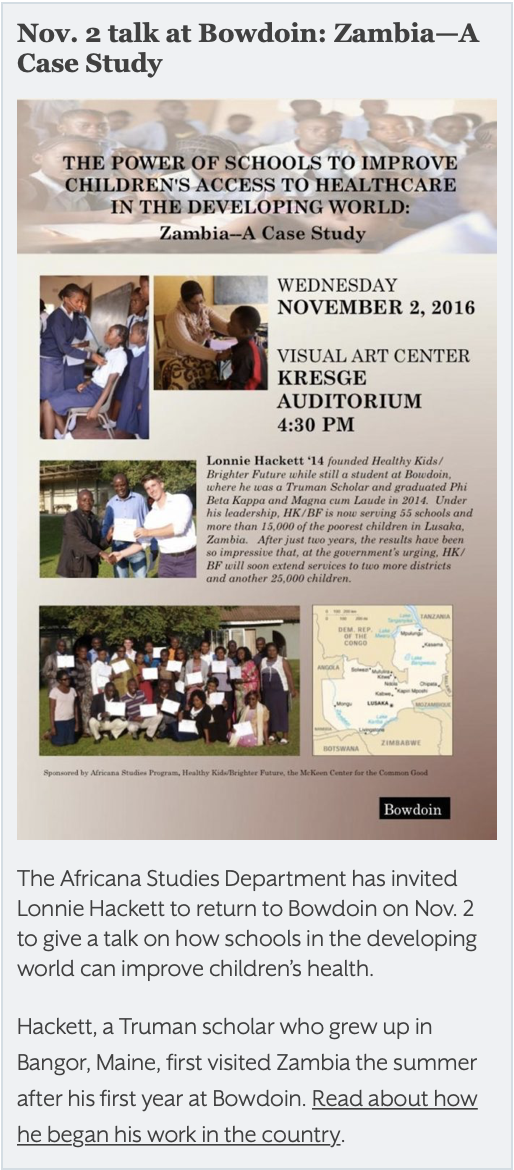
Healthy Kids/Brighter Future has adopted an innovative approach to providing healthcare for children between the ages of 5 and 14. It breaks from the standard model in Zambia in which schools rely on outside doctors and nurses to make yearly visits and offer physical check-ups. Instead, the program trains primary school teachers to offer health education in their classes, spot health problems and possible signs of abuse with their students, and to provide screenings and medical interventions like vitamin A and deworming pills. Students who need more medical attention are sent to nearby free clinics run by the government.
Because teachers provide this care and connect students with free local clinics, Hackett says, the full cost of treating students from 1st grade to 9th grade amounts to roughly $13. One pay off from this tiny investment is that children don’t miss as much school due to illness.
When Hackett began his work in 2013, he discovered that as many as 40 percent of students in the Ng’ombe schools had a treatable, preventable disease, such as a skin, fungal, or respiratory infection. Schistosomiasis, a parasitic disease, was endemic in the community. And about one-third were stunted from malnutrition or parasitic worms. “These aren’t life-threatening diseases but they lead to high absenteeism and they stunt children’s cognitive and physical development. And that just really hinders the children’s ability to succeed in school,” Hackett said.
Based on preliminary data collected this past year from the Harvard T.H. Chan School of Public Health, Hackett said the HK/BF program appears to be working. Ng’ombe health clinics are reporting that the number of primary school children receiving care from them has tripled. Additionally, 90 percent of the schools that HK/BF works with are reporting decreases in students missing class. Harvard’s full analysis will be complete in January.
HK/BF’s model has made sense to Zambian teachers, healthcare providers, family members, and perhaps most importantly, to government officials, Hackett said. “One of the things that made us fortunate is that from the beginning, we had support from Ng’ombe Health Center, whose director, Ignicious Bulongo, was tremendously respected across the country. When he took on our model of school health as his next big project, it immediately gave us credibility in the eyes of the ministries of health and education,” he explained.
Bulongo has left his job to work for HK/BF fulltime as chief operating officer, Hackett reported. “We’re looking forward to national adoption, building a model and having it adopted by the Zambian government on a national scale, making sure every school has school health workers and making sure these links between health centers and schools are formed throughout the country.”
